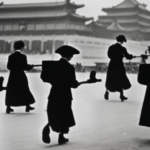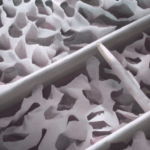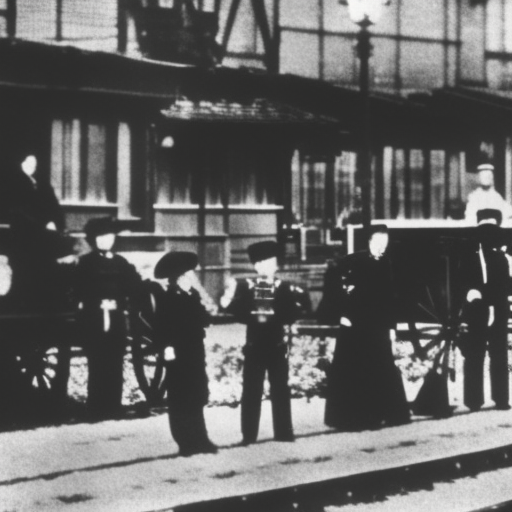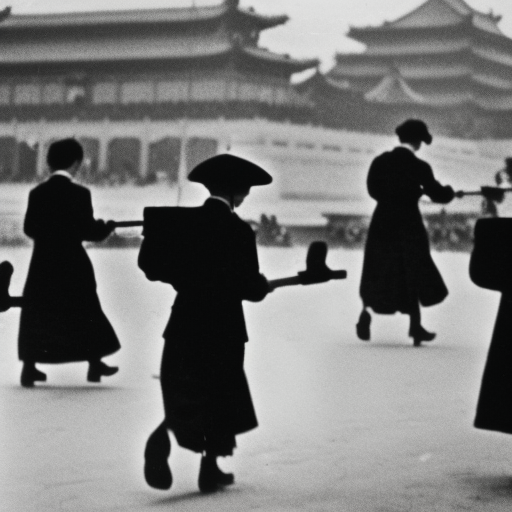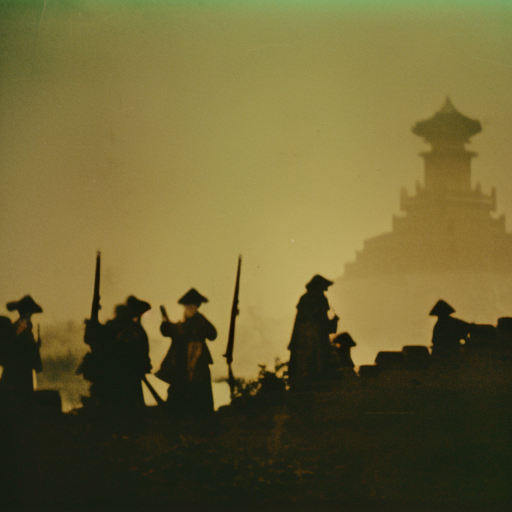The Meiji Restoration (1868)
The Meiji Restoration was a pivotal event in Japanese history that took place in 1868. It marked the end of the Tokugawa shogunate and the restoration of imperial rule under Emperor Meiji. This period of transformation brought about significant political, social, and economic changes that propelled Japan into becoming a modern industrialized nation.
Background:
Prior to the Meiji Restoration, Japan was ruled by the Tokugawa shogunate, a feudal military government that had been in power for over 250 years. During this time, Japan had isolated itself from the rest of the world, adopting a policy of sakoku, which restricted foreign trade and limited contact with foreigners. However, by the mid-19th century, Japan was facing increasing pressure from Western powers to open its borders.
Causes:
Several factors contributed to the Meiji Restoration. The arrival of Commodore Matthew Perry’s fleet in 1853 forced Japan to open its ports to foreign trade, exposing the weaknesses of the shogunate’s rule. The unequal treaties that followed further undermined the shogunate’s authority and sparked discontent among the samurai class. Additionally, the spread of Western ideas and technology through Dutch studies and other channels led to a growing desire for modernization among the Japanese elite.
Key Events:
The Meiji Restoration began in 1868 with the overthrow of the Tokugawa shogunate and the restoration of power to Emperor Meiji. The new government embarked on a series of reforms aimed at modernizing Japan and strengthening its position on the world stage. These reforms included the abolition of the feudal system, the establishment of a centralized government, the creation of a modern legal system, and the introduction of universal conscription.
Political Changes:
Under the new government, power shifted from the samurai class to the emperor and his advisors. The feudal domains were abolished, and a centralized bureaucracy was established. The emperor was declared the supreme ruler, and a constitution was drafted in 1889, although it did not grant full democratic rights to the people. The government also embarked on a policy of industrialization and modernization, taking inspiration from Western models.
Social Changes:
The Meiji Restoration brought about significant social changes in Japan. The samurai class, which had been the ruling elite, saw its privileges diminished as the government sought to create a more egalitarian society. The wearing of swords was banned, and samurai were encouraged to take up new professions. Education was also prioritized, with the establishment of a modern education system that aimed to create a literate and skilled workforce.
Economic Changes:
The Meiji government implemented a series of economic reforms aimed at modernizing Japan’s economy. These reforms included the establishment of a national banking system, the promotion of industrialization, and the encouragement of foreign investment. The government also invested heavily in infrastructure projects such as railways and telegraph lines. These measures helped to transform Japan into a major industrial power within a few decades.
Impact:
The Meiji Restoration had a profound impact on Japan and its trajectory as a nation. The country rapidly modernized and transformed itself into a major world power. Japan’s military strength grew, and it embarked on a program of territorial expansion in Asia. The Meiji era also saw the emergence of a new national identity and a sense of pride in Japanese culture and heritage.
In conclusion, the Meiji Restoration was a turning point in Japanese history that brought about significant political, social, and economic changes. It marked the end of feudal rule and the beginning of Japan’s transformation into a modern industrialized nation. The reforms implemented during this period laid the foundation for Japan’s rise as a major world power in the 20th century.



